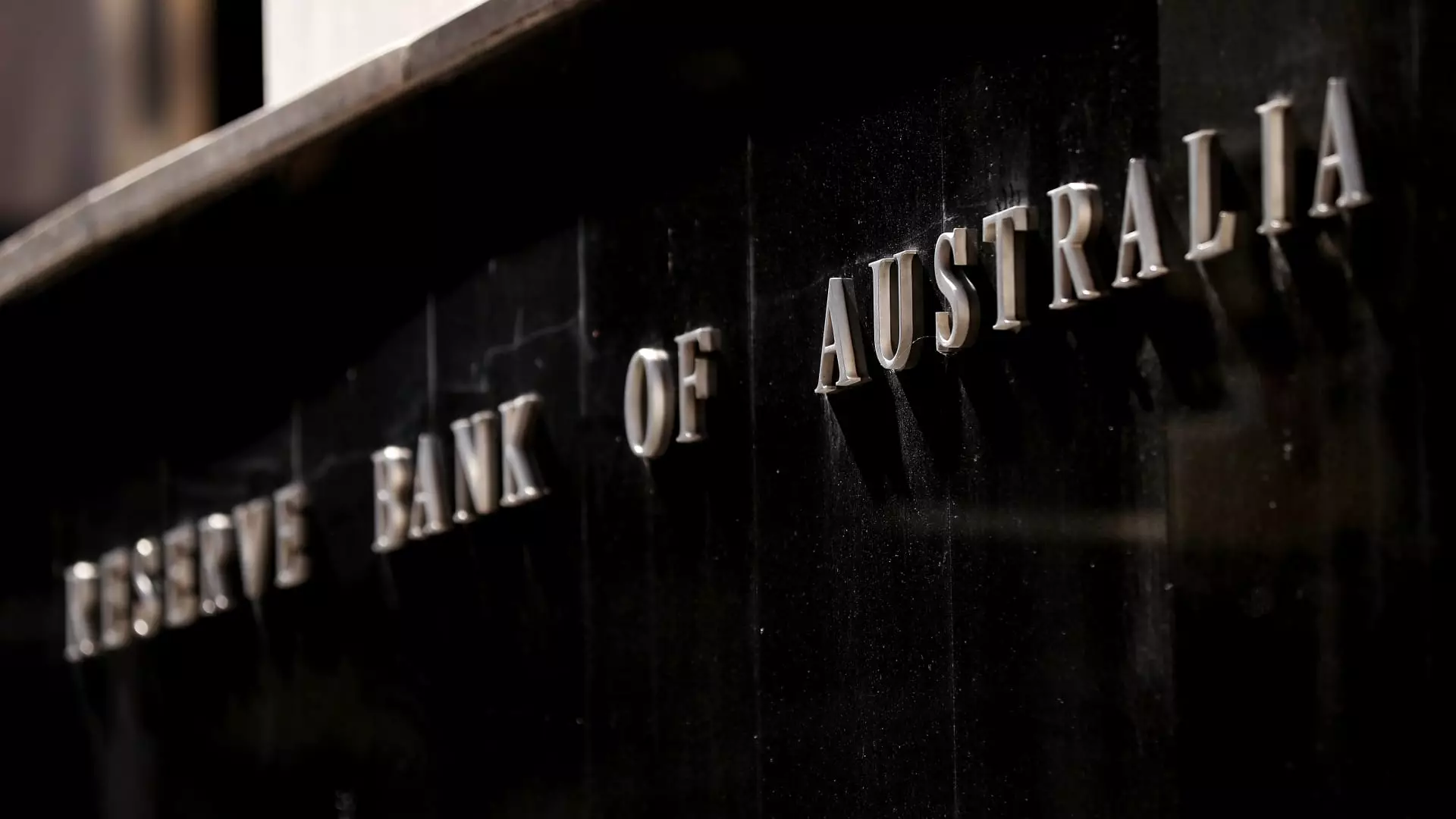On Tuesday, the Reserve Bank of Australia (RBA) made a significant move in response to evolving economic conditions by reducing its benchmark interest rate for the first time in more than four years. The rate cut of 25 basis points to 4.10% reflects a critical shift in policy, aligning the RBA with other major central banks worldwide that have already initiated easing cycles. This decision highlights the central bank’s recognition of softening inflation, which has provided the necessary leeway for a shift in monetary policy.
The most recent reduction marks the RBA’s first easing since November 2020, a period characterized by aggressive rate cuts aimed at countering the adverse economic impacts of the COVID-19 pandemic. At that time, rates were slashed to a record low as the bank sought to stimulate economic growth amid widespread uncertainty. The recent rate decision underscores the gradual evolution of the RBA’s stance, moving from a long period of monetary tightening to a more accommodating approach now that inflationary pressures are beginning to ease.
In the official statement, RBA board members expressed a cautious optimism regarding inflation trends, yet they emphasized the need for prudence in future policy adjustments. They indicated that any subsequent withdrawal of monetary restrictions would be executed gradually, reflecting a careful balancing act between stimulating the economy and maintaining monetary stability. Abhijit Surya, a senior economist at Capital Economics, described this easing cycle as potentially “short-lived,” with a forecast suggesting just two more rate cuts before stabilizing at a terminal cash rate of 3.60%.
The market’s response has been notably positive, with government bonds seeing a rally leading up to the announcement. The yields on Australian 10-year government bonds fell significantly, demonstrating investor confidence in the RBA’s strategic pivot. This is indicative of wider market expectations shifting towards a more accommodating monetary environment as inflation shows signs of stabilization.
However, the RBA remains cautious about the labor market, which could dampen the effects of the rate cuts. With an unemployment rate lingering around a historic low of 4.0% as of December, there is ongoing uncertainty regarding whether the labor market conditions will support a robust revival in consumer spending. As noted by the RBA, recent labor data suggests that the market may be tighter than previously anticipated, which could influence their decisions in the months to come.
Australia’s inflation rate had moderated to 2.4% year-over-year in the December quarter, down from 2.8% in the preceding quarter. This reduction aligns with the RBA’s medium-term inflation target of 2% to 3%, leading to greater optimism about sustaining this momentum moving forward. Despite this, there are lingering uncertainties about domestic economic activity and inflation forecasts, as highlighted in the RBA’s statement.
Furthermore, indicators of economic growth remain mixed. While the Australian economy recorded a slight GDP increase of 0.3% in the September quarter, it ultimately resulted in an annual growth rate of 0.8%, the slowest observed since the pandemic. Such sluggish growth raises questions about the RBA’s overall strategy and its potential impacts on future elections for the Labor government, which is under pressure to stimulate economic activity.
The RBA’s recent interest rate reduction is a pivotal moment in Australia’s economic landscape, reflecting a careful balancing of growth and inflationary pressures. As the central bank signals its intent to navigate this transitional phase with caution, the future of Australia’s economic recovery hinges on both consumer confidence and broader market conditions. The immediate aftermath of the rate cut saw a slight strengthening of the Australian dollar against the U.S. dollar, though the ASX 200 index experienced losses, underscoring the cautious optimism in investor sentiment.
As we analyze these developments, it remains clear that navigating the complexities of monetary policy in the current climate will require a delicate balance of monitoring economic indicators and adapting to an ever-evolving global economic landscape. The RBA’s actions will not only influence Australia’s short-term economic recovery but will also play a crucial role in shaping the longer-term financial stability of the nation.

